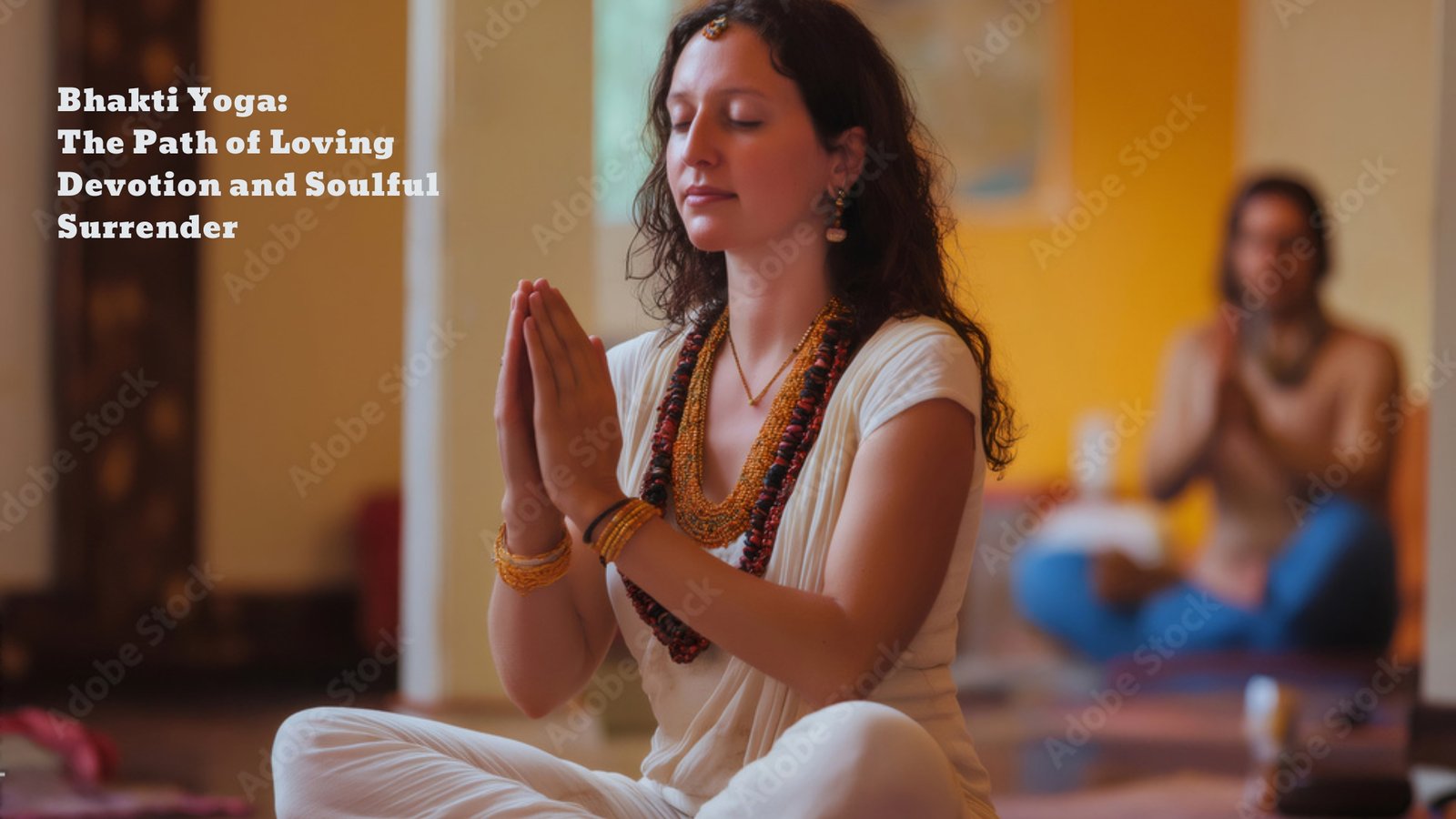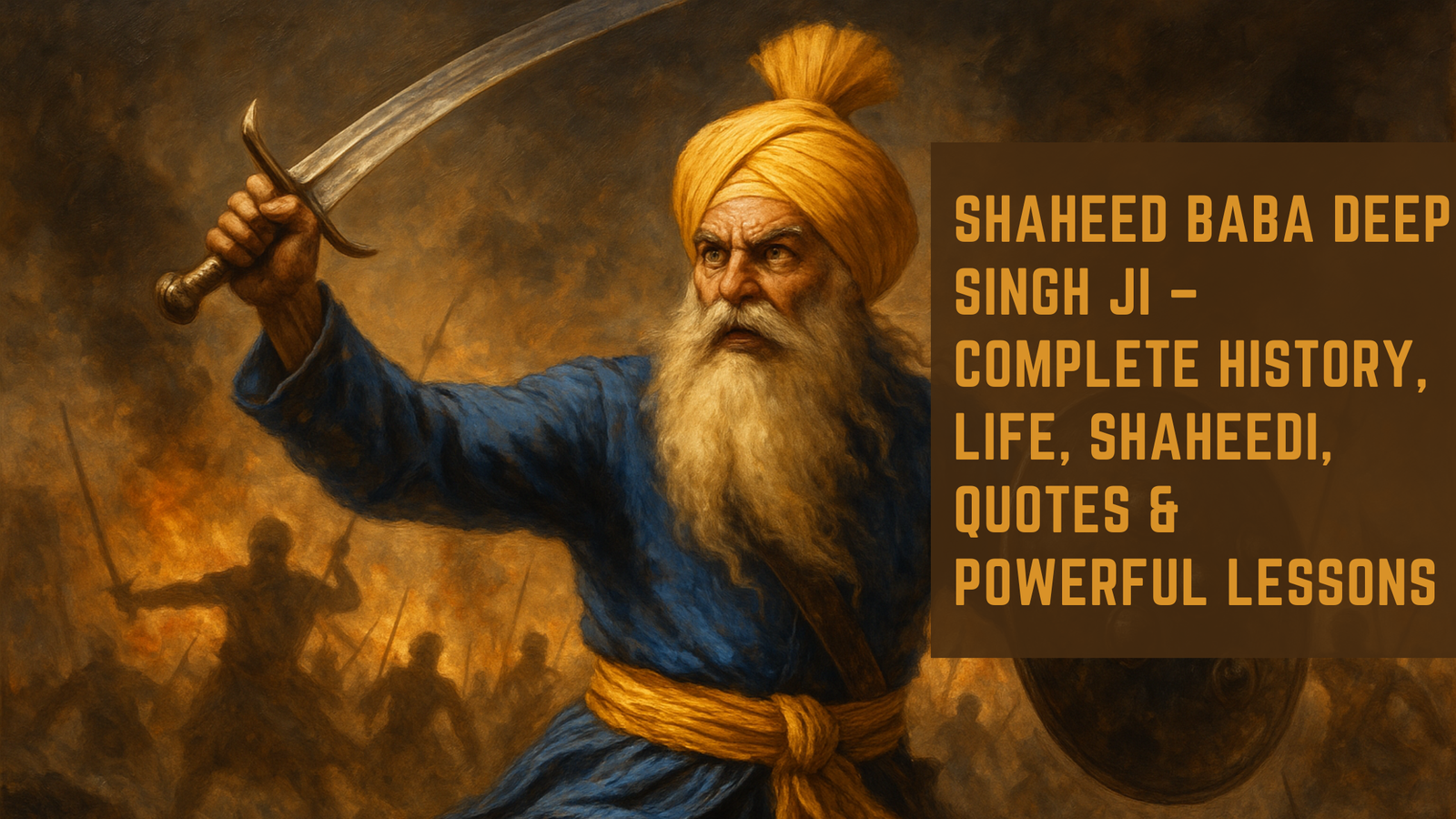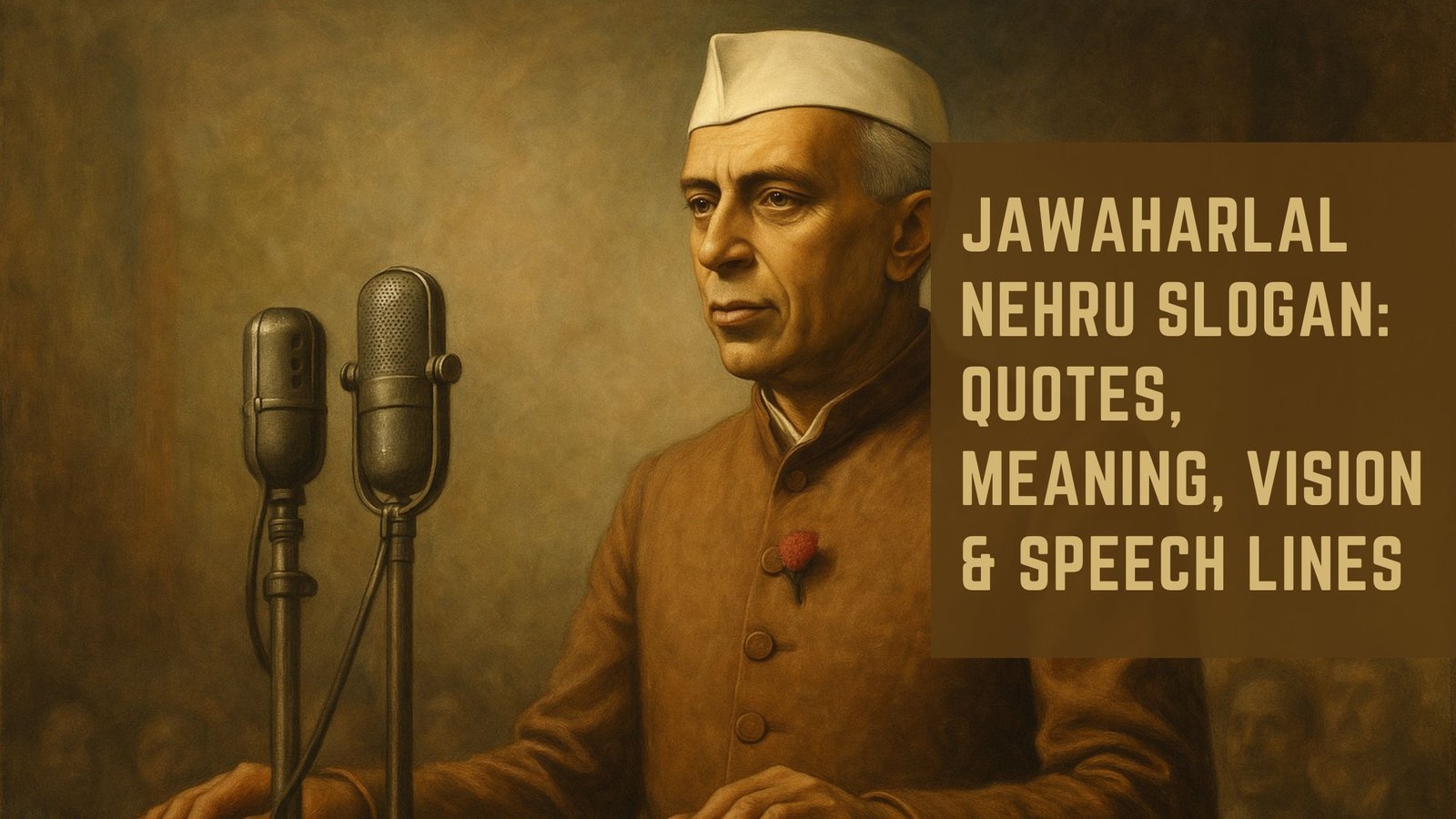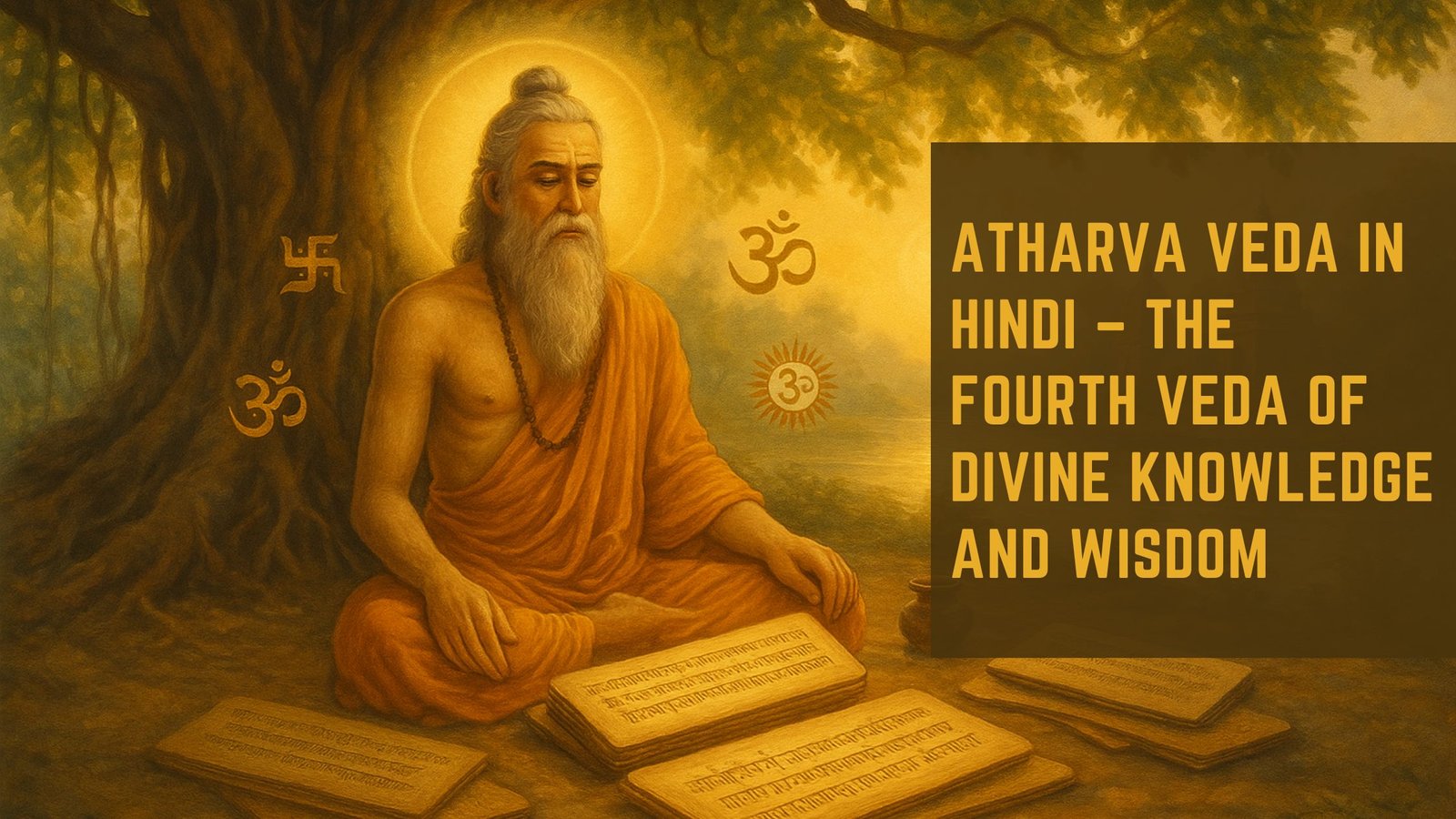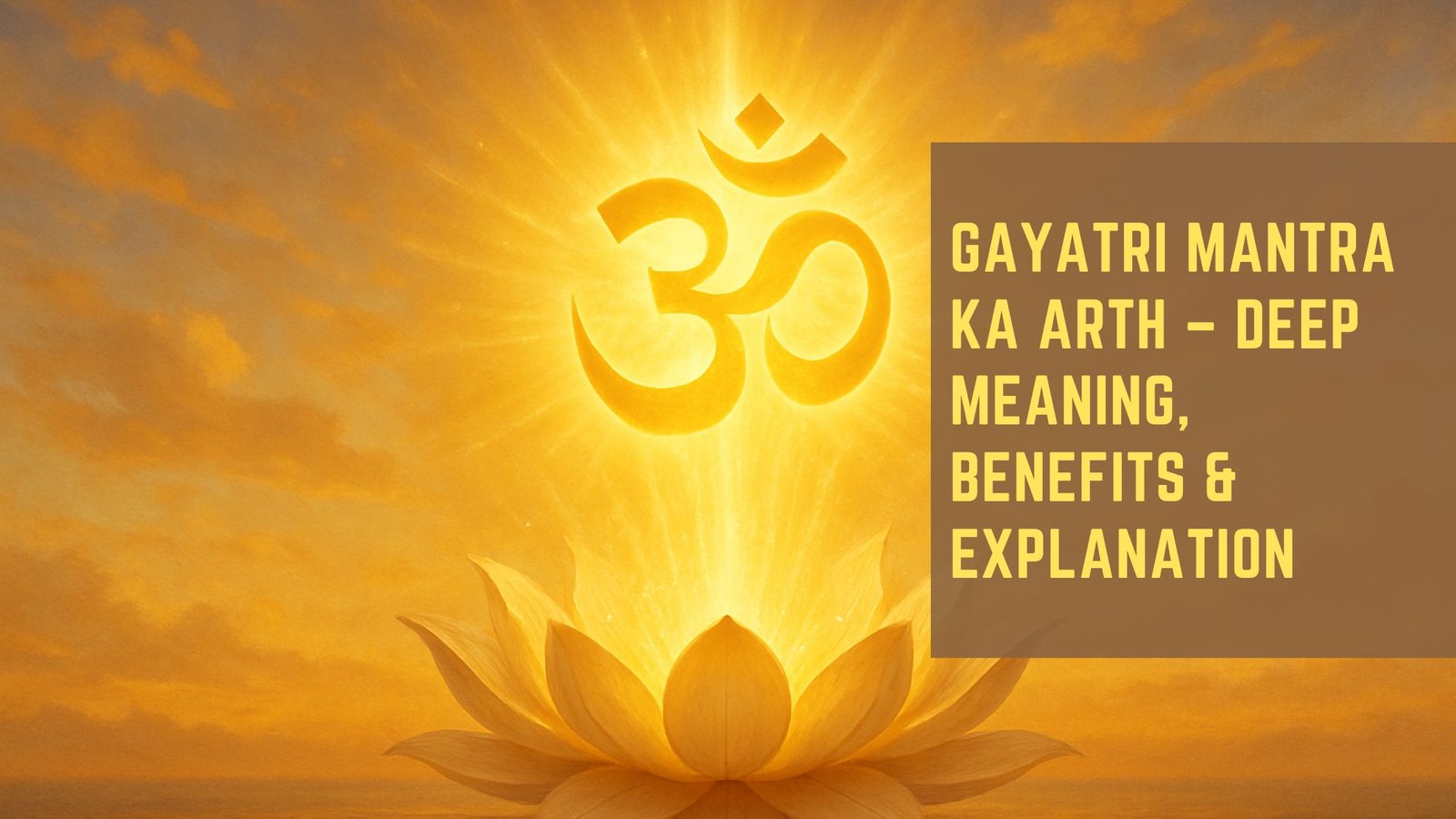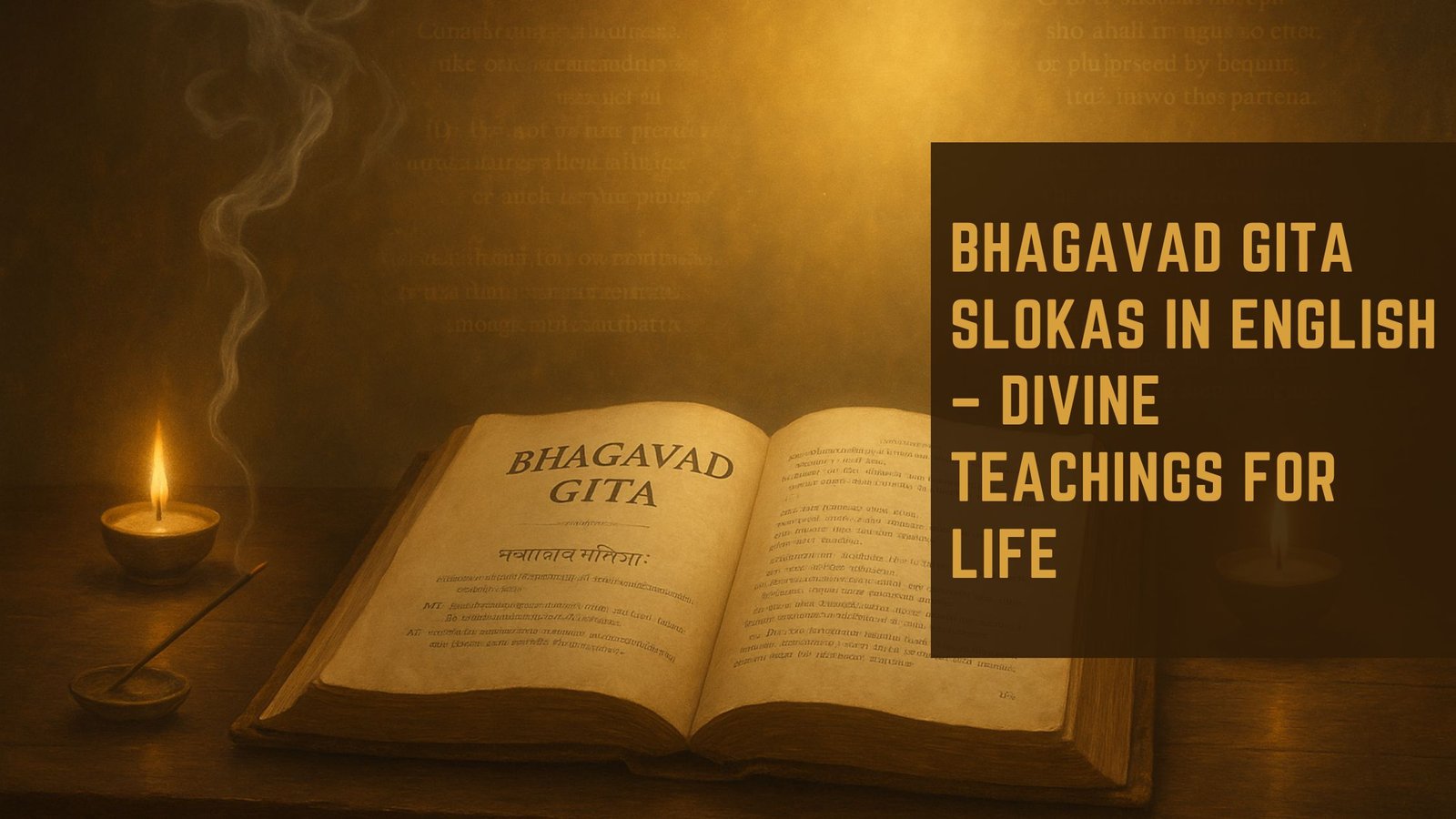A Journey from the Head to the Heart
In an age dominated by intellect and external pursuits, the soul quietly yearns for connection, for softness, for meaning. It longs not to understand God but to feel God — to walk beside the Divine as a beloved, a guide, a friend, or a parent. That silent inner yearning is the very beginning of the sacred path known as Bhakti Yoga.
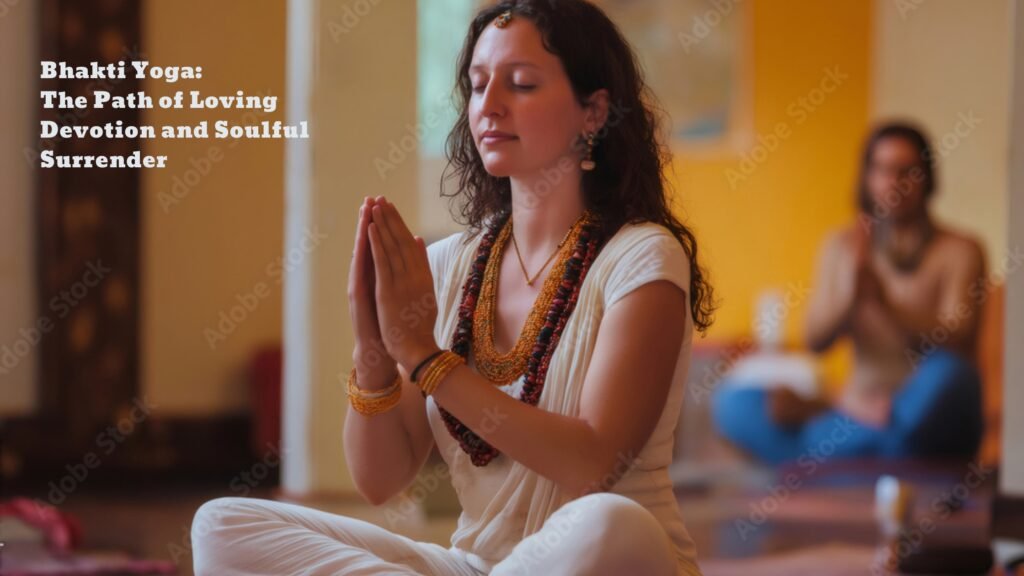
Unlike other spiritual paths that emphasize mental control or philosophical inquiry, Bhakti Yoga asks for nothing more than a loving heart. It teaches that the highest goal — union with the Divine — is not achieved through striving but through surrender.
Table of Contents
The Essence of Bhakti Yoga
The word bhakti comes from the Sanskrit root bhaj, meaning “to share” or “to love”. Thus, Bhakti Yoga is the spiritual path of love, where the soul offers itself in complete devotion to the Divine. It’s not limited to ritual or religion — it’s the soul’s deepest longing to merge with the Infinite through love.
As Sri Ramakrishna beautifully said:
“Do you know what devotion is? It is love for the Supreme, deep and abiding love.”
In Bhakti, the seeker doesn’t aim to become God, but to love God with such purity that the soul dissolves into Divine presence.
Bhakti Yoga in the Bhagavad Gita
In the Bhagavad Gita, Lord Krishna emphasizes love and devotion as the highest means of reaching Him. When Arjuna is caught in a web of confusion and despair, Krishna does not simply offer logical answers — He invites Arjuna into a relationship of trust, surrender, and love.
“Fix your mind on Me, be devoted to Me, worship Me, bow to Me. You shall come to Me alone; truly I promise you, for you are dear to Me.”
— Bhagavad Gita 18.65
Throughout the Gita, Krishna shows that Bhakti is not passive emotion — it is an active state of remembrance, love, and surrender. Whether one is a scholar or a villager, young or old, learned or illiterate — all can walk the path of devotion.
Navadha Bhakti: The Nine Expressions of Love
The great text Srimad Bhagavatam outlines Navadha Bhakti, or nine forms of devotional practice. Each offers a unique way to express love for the Divine:
- Shravanam – Listening to divine stories and names
- Kirtanam – Singing the praises of the Lord
- Smaranam – Remembering the Divine constantly
- Padasevanam – Serving the feet of the Lord
- Archanam – Performing ritualistic worship
- Vandanam – Offering heartfelt prayers
- Dasyam – Serving as a humble servant
- Sakhyam – Cultivating a friendship with God
- Atma-Nivedanam – Total self-surrender
These nine forms are not linear steps but flowing expressions that help one grow in intimacy with the Divine.
“In whatever way they approach Me, I reciprocate accordingly.”
— Bhagavad Gita 4.11

Bhakti in Action: Living Devotion in Daily Life
Bhakti is not restricted to temples or altars — it is a way of life. Every act can become devotional if done with love and awareness. Here’s how Bhakti Yoga can be integrated into daily life:
- Morning Prayer: Begin the day by offering your thoughts to the Divine.
- Chanting Names: Repeating sacred mantras like Hare Krishna or Om Namo Bhagavate Vasudevaya cleanses the heart.
- Offering Food: Even cooking and eating become sacred when food is first offered to God.
- Loving Service: Helping others becomes an offering when done selflessly.
- Gratitude: Saying “thank you” to God — even during hardship — is one of the deepest acts of devotion.
As Swami Sivananda said:
“To love God is the highest education. Everything else is secondary.”
Bhakti Yoga vs Other Paths
Here is how the major yogic paths compare:
| Path | Means | Focus | Goal |
|---|---|---|---|
| Karma Yoga | Selfless action | Duty and service | Purification through work |
| Jnana Yoga | Discrimination & knowledge | Intellect | Realization through wisdom |
| Raja Yoga | Meditation & discipline | Mind control | Union through silence |
| Bhakti Yoga | Devotion and love | Heart and surrender | Union through divine love |
Bhakti Yoga is often called the “easiest and safest path” because it is rooted in the natural human emotion of love — elevated and purified.
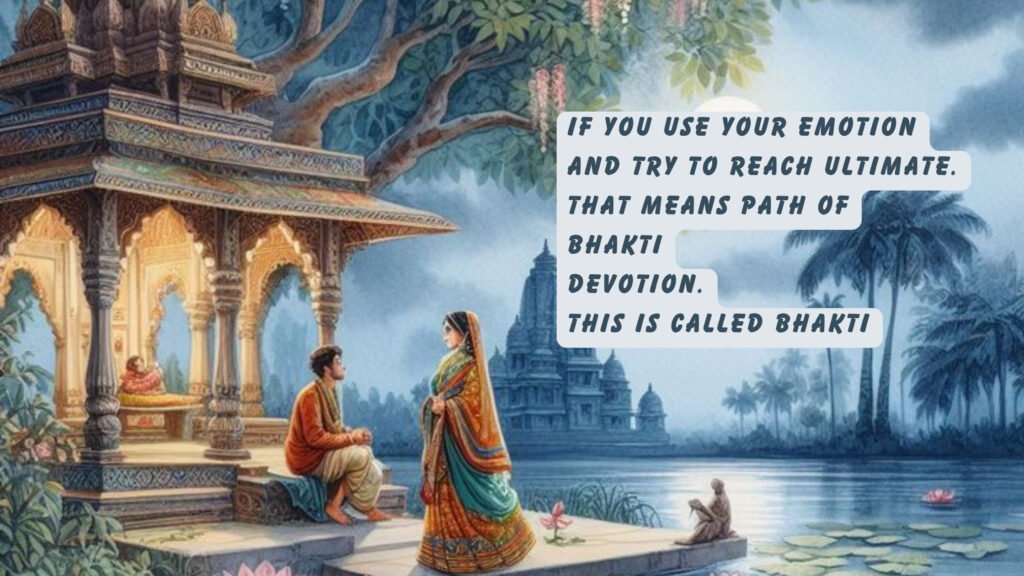
The Transformative Power of Devotion
One of the most powerful teachings in the Gita is Krishna’s declaration that even the most sinful person can become divine through pure devotion:
“Even if the most sinful person worships Me with unwavering devotion, he is to be considered righteous.”
— Bhagavad Gita 9.30
This is the beauty of Bhakti — it doesn’t judge your past, only your present love. A single drop of sincere devotion can wash away lifetimes of karma.
“There is no loss or diminution in this path, and even a little practice of it protects one from great danger.”
— Bhagavad Gita 2.40
Devotion in Saints and Scriptures
The lives of saints — Mirabai, Tulsidas, Chaitanya Mahaprabhu, Tukaram, and others — reflect the immense power of Bhakti Yoga. Mirabai sang:
“I have found love in my Lord, and now the world seems empty.”
Their songs and poems weren’t just literary — they were cries of longing, bursts of joy, and whispers of divine union.
What Bhakti Yoga Truly Offers
- Peace of mind through surrender
- Emotional purification through love
- Inner strength in trials
- A personal relationship with the Divine
- Liberation not just from the world, but into the arms of the Beloved
“When the devotee surrenders completely, the Lord takes full charge of their life.”
— Swami Vivekananda
Conclusion: A Love That Leads to Freedom
Bhakti Yoga teaches that the path to God is not through fear, debate, or denial — it is through love. And in loving, one becomes free — free of ego, expectation, and separation.
“To those who are constantly devoted to Me, I give the understanding by which they can come to Me.”
— Bhagavad Gita 10.10
You don’t need to be a sage or scholar to attain God. You only need a heart that calls out, a mind that bows, and a soul that surrenders.
Call to Action
If your soul seeks more than philosophy — if it longs to love, to surrender, and to feel God as a living presence — then Bhakti Yoga is your path.
